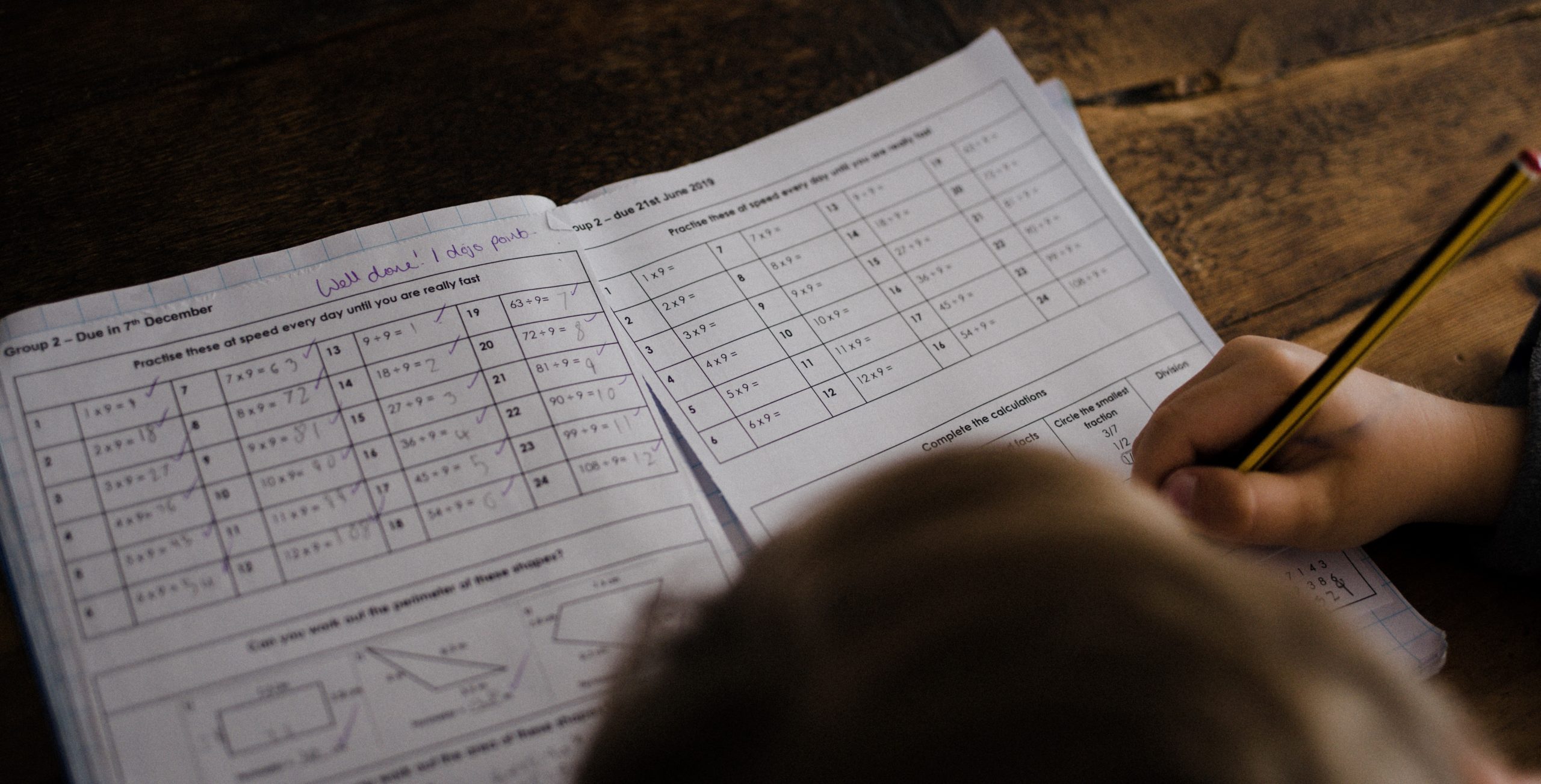
by rossanahead | Feb 12, 2012 | children, Education, technology
By Carmie Dulguime
As a student over 20 years ago, we didn’t need the Internet and all those sophisticated gadgets that children have today. We can proudly tell them that we passed with flying colors without going online for research or having a laptop to use for our reports. We didn’t have tablet PCs that can store our notes, and e-books for references. We also didn’t have the luxury of using online tutorial services to help us advance in our studies.
We used our brains for analyzing skills and memorizing, our hands for writing, our eyes for observing, and our ears for listening. Whatever kids today are doing with their digital aids, we did 10 times more with just our physical senses. We can argue that we were more creative and resourceful since we didn’t have the advantage of having an electronic study partner. But if you look at it, our old school study habits can actually work with today’s technology.
Early birds win: We are calmer, more focused, and more alert when we sleep early and wake up early before an exam. Kids today will argue that they have a lot to cover, so they need to stay up late. You can tell them how we used to do it: we study days before the exam so we have time for more sleep every night. Then we wake up very early to study again since our minds are fresh and alert to absorb more. This is even more useful for those accessing the Internet for studying since connection speed is usually faster early in the morning.
Flash cards for all ages: Kids, especially the older ones, might laugh at the idea, but flash cards will work forever. It’s more fun for studying that requires memorization. It also works better with a study partner. This is easier since there are now Powerpoint slides, Photoshop, or any other program that kids use to make the images for the flash cards. They don’t even have to print them out – just show them straight from the computer, mobile phone, or tablet PC screen.
Remembering the library: Kids probably don’t visit the library as much as we used to because of e-books and the Internet’s own library of millions of resources. But there is nothing like a good book as reference that assures you of credibility and reliability of source. The library is also a great place to study since everyone there is supposed to be quiet. There are computers and Internet access there as well, so there really is no excuse for not choosing the library as a study sanctuary.
Having a break: Getting sleepy, getting a headache, or feeling tired during study is an indication that the body has had enough. That’s the time we stand up, walk outside to get some air, or take a short nap. About 30 minutes to an hour should be good; longer than two hours might lead to distraction. The mobile phone is a good help here as an alarm when it’s time to go back to studying.
Photo by Marten Bjork on Unsplash
by rossanahead | Oct 20, 2011 | Education, Karen Galarpe, technology
By Karen Galarpe
It was a few years ago when I first saw those ads of companies looking for English language online tutors. These tutors were to go over essays written by Korean students, and would have to conduct one-on-one tutorials via the web.
Here was another application of modern information technology – classes and tutorials can be done online, with a student in the comfort of his home abroad going over lessons on English grammar and composition with his teacher across the seas.
I heard that Filipino English language online tutors are quite in demand, given their proficiency in the English. That isn’t surprising.
Online tutorials now are not just limited to English language tutorials. A number of tutorials are now done on the Internet, from web applications courses and college exam review courses to cooking lessons.
Yes, cooking. Senator Panfilo Lacson himself said he learned how to cook during his fugitive days last year, thanks to Google. He could now even bake his own bread!
The beauty of online tutorials is that you can take them at your own pace and at your own time. You don’t have to rush through traffic and spend for transportation to get to the tutorial center or school. And with chat facilities, online tutorials make it easy for students to raise questions and have their tutors answer them immediately. It’s learning without borders, 21st century style.
Thinking of enrolling in an online tutorial course? Here are some tips to help you choose the best one for you:
1. Research about the company offering the online tutorial course. Is it a reputable company? How long has it been in the business? A stable reputable company may be relied on to offer quality online tutorial courses.
2. Read up on the teachers’ qualifications. The website should give potential enrollees a brief background on the qualifications of the online tutors.
3. Look into the details. Will you be able to chat with the tutor to get answers to your questions fast? How soon will you get feedback for tests and homework sent online?
4. Ask for feedback from other enrollees. Check online forums for feedback about an online tutorial course, or ask family and friends for referrals.
by rossanahead | Sep 13, 2011 | children, Education, family, Karen Galarpe, parenting
By Karen Galarpe
Back when my son was in preschool and the early grades, I would try to rush home early, and beg off from after-work activities to make way for “Homework Time.”
That was the time I reserved on weekdays to help my son with his homework, and if there wasn’t any, to make him answer reviewers I would make myself.
As the years went on, I trusted him to study on his own. But there were times when he and I agreed a tutor would help, such as during one summer he spent going twice a week at a tutorial center for high school math stuff.
He also attended a summer tutorial course this year to prepare for college entrance exams.
My friends who are also parents likewise believe in tutoring their children. Most of them take the time to help their kids with homework, and some of them have hired tutors when they couldn’t be there or don’t feel they’re up to the task.
Back when I was a student, tutoring was not the norm. Even parents did not take the time to teach and tutor their children.
Over the years, with more studies done on education, though, and parenting, too, experts have realized that children stand to benefit from tutoring.
One, it can help children keep up with their lessons and understand the subject better, according to the article “How to Know When It’s Time to Get Your Kid a Tutor” on parentingworld.net.
Two, tutoring can help a child who’s already excelling in the same subject. According to the aforementioned article, a child who already knows the subject matter being tackled in class will become bored and uninterested during class discussions. A tutor can teach him beyond what the class can offer and challenge him to keep on learning.
Tutoring provides that one-on-one mentor-mentee relationship, or at the least, a learning environment with a very small group. A student is free to ask questions and go at the pace he wants and needs.
When my son had that math tutorial a few years ago, he told me that his tutor was still a college student studying chemistry at the University of the Philippines. And though the tutor was not a math major, he knew his algebra and trigonometry and made it so much simpler than my son’s teacher in class did.
Sometimes we need a little help, and a tutor just might be the answer.

by rossanahead | Mar 9, 2011 | Education, Lyra Pore, parenting, woman
By Lyra Pore
“Mom, if 5 ¾ is ½ of a certain number, what would that number be?” That’s my daughter asking me from the back of the car. I’m driving with my three kids, aged ten, six and one– and watching other cars while trying to change lanes just isn’t the best time to work out fractions.
There’s hardly a “best time” though to help my children with homework. I’m a full-time editor in the Australian office of a multinational publishing company. I get home from my office in Sydney’s North Shore just in time for dinner and for a quick chat with the family before I put my youngest daughter to bed. That’s why we talk about school every chance we get: in the car, in the parking lot, in the playground, anywhere.
“Off the top of my head, I can tell you it’s 11 ½,” I reply to the fractions question, having just steered the car to the right when another driver gives way. “But there’s a correct way to do it. It’s important that you know the process, so you can work it out regardless of what fraction is thrown at you. We’ll talk about it later.”
It’s easy enough to calculate halves and quarters without pen and paper, but I admit I don’t always have a ready answer to all my daughter’s questions. Thankfully there are lots of resources on the Internet to help parents like me cope with challenging Math questions.
“There’s something I want to show you,” I tell her that night, turning on the laptop in her bedroom. I type the URL http://www.mathsisfun.com in the browser, which brings us to a Web site that explains Math in a language that elementary and high school students can understand easily. It provides simple, easy-to-follow, step-by-step instructions on a variety of problems from numbers to algebra, data, and geometry to measurement. There are games and worksheets too. I click on the Fractions Menu and there we find a quick guide to working with proper, improper and mixed fractions and how to simplify, compare, add, subtract, multiply, divide and convert them to decimals or percentages.
“I’ll put this in your ‘Favorites.’ When you have a Math problem, we will look it up here.” Today when I can’t give a quick response to her questions, we save the discussion for when we get home–and out of the car.
Photo by Annie Spratt on Unsplash


